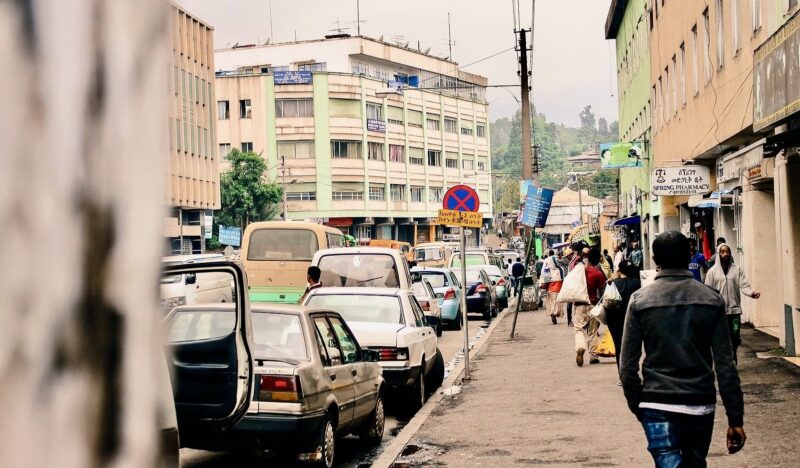Renewable energy transition in sub-Saharan Africa
Share

Sub-Saharan Africa hit hard by multiple crises
The pandemic has exacerbated Africa’s socio-economic issues. Over the past two years, progress towards achieving the sustainable development goals (SDGs) has slowed down or reversed in sub-Saharan African countries that have been impacted by the slow rollout of vaccines and reduced international support as countries dealt with the pandemic domestically.
While sub-Saharan Africa (SSA) experienced stronger than expected economic recovery in 2021, the region has now been hit hard by inflation and the current energy and food crises, while public debt ratios are higher than they have ever been in this century (IMF, 2022). The recent IPCC report shows that not limiting global warming to 1.5oC will intensify the continent’s existing challenges and increase damages to African economies and ecosystems (Trisos et al., 2022).
Current state of energy in sub-Saharan Africa
Sub-Saharan Africa is the least electrified region in the world (IEA et al., 2022). As electricity access and clean cooking gaps remain (only 48% have electricity access and 17% have clean cooking access), traditional biomass still accounts for almost half of sub-Saharan Africa’s primary energy mix (IEA, 2022; IRENA, 2022b).
Fossil fuels account for most remaining energy sources, with high shares of oil and coal (largely in South Africa) and a growing share of natural gas. Renewable energy excluding traditional biomass accounts for almost one-fifth of sub-Saharan Africa’s primary energy mix. Solar, wind and geothermal play a small but growing role in the energy mix (about 1%), while hydropower accounts for 1.7% of the region’s primary energy (IEA, 2021b).
Electrification rates across end-use sectors remain low. Industry has the highest rate of electrification at 26% as of 2017. In the transport and building sectors, electrification remains very low, at 1% and 4%, respectively (IRENA, 2020).
While countries across sub-Saharan Africa face a variety of challenges, there are some key issues that are common across the region. Sub-Saharan Africa is home to more than three quarters of people globally who don’t have access to electricity. While the share of the population with electricity access marginally improved from 46% in 2018 to 48% in 2020, the increase in population means the total number of people in sub- Saharan Africa still lacking access has grown (IEA et al., 2022). Additionally, as industry and commerce especially in the agriculture sector grows, demand for energy will also grow.
The sub-Saharan region also suffers from severe grid reliability issues, with frequent and prolonged blackouts resulting in a high dependence on expensive and polluting back-up generators (IEA, 2019). The affordability of energy is a key barrier for many sub-Saharan Africans, particularly as the COVID-19 pandemic has impacted household incomes and the current energy crisis has increased prices. Any intervention to address energy access issues would also need to ensure affordability for poor communities.
Access to clean cooking is limited, with some 923 million sub-Saharan Africans (83%) without access (IEA et al., 2022). Sub-Saharan Africa is the only region where this deficit is rising.
By sub-region, energy access across sub-Saharan Africa varies (IRENA, 2022b). Southern Africa has the highest access rate for clean cooking access in sub-Saharan Africa (37% in 2019) and about average access to electricity (49% in 2019). East and West Africa have large discrepancies between populations with electricity access (46% and 53%, respectively) and populations with access to clean cooking (7% and 13%, respectively). Central Africa has the lowest electricity access rate at 32% in 2019 and about average access to clean cooking at 17%.
Photo by Nebiyu.s











